This seems to be the week for pictures on the old blog. About a month ago I wrote about an effort to use art projects to mitigate the impact of road construction occurring across five blocks of the busy downtown corridor of my city. As you could see from the pictures in that post, it didn’t require a lot of money to create interactive participatory projects. (Which is obviously good for construction project adjacent installations.)
Case in point, they spray painted a hopscotch pattern on the sidewalk opposite my office. Everyday I see kids, teenagers, people in their 20s, 40s, 60s, etc jumping on it. It is probably both the least expensive and most interacted with piece of the whole effort.
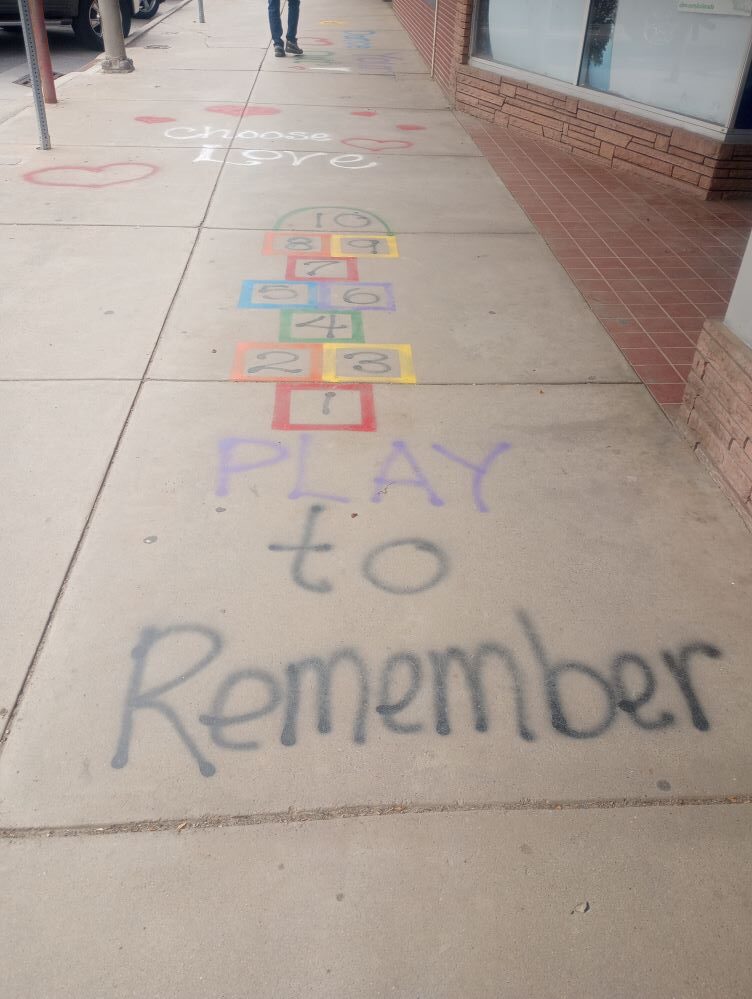
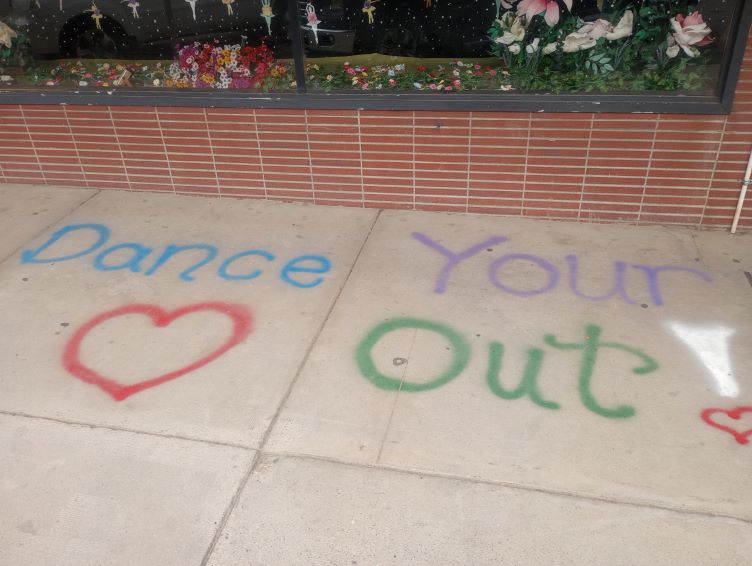
Last week they installed artist created selfie frames. The downtown development authority is encouraging people to find each one, and take pictures, and submit them in order to be entered to win a pretty nice package of prizes.
Here are a few I have come across in my travels. Unfortunately I am not eligible to win the prize.


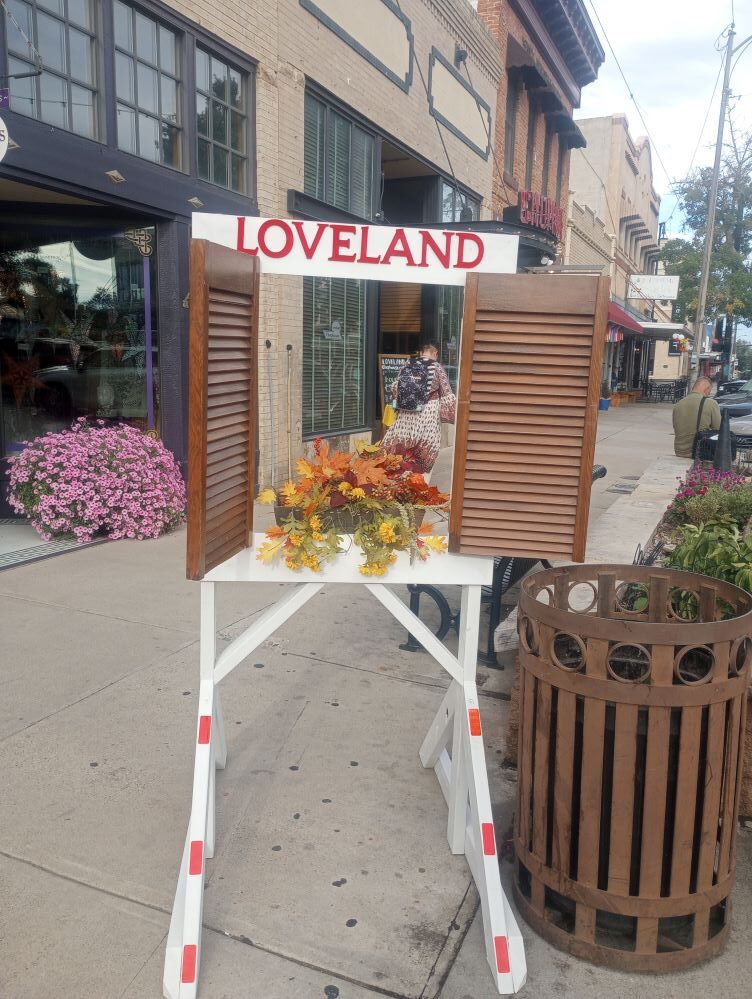


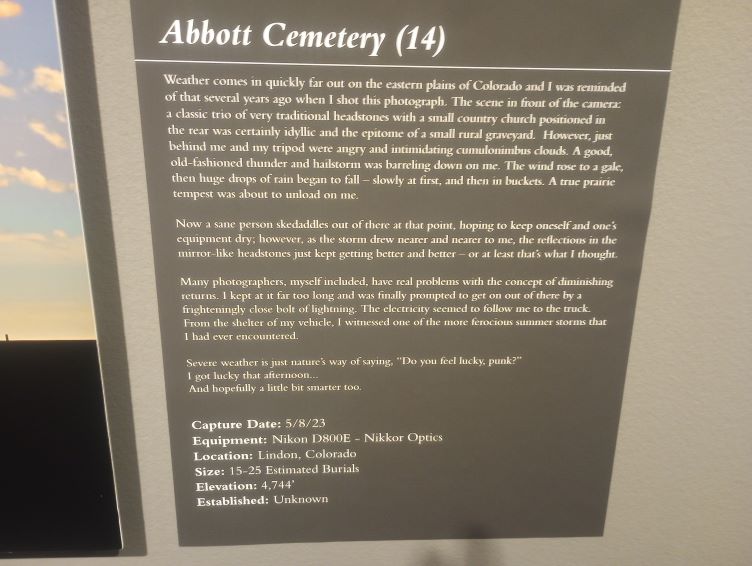
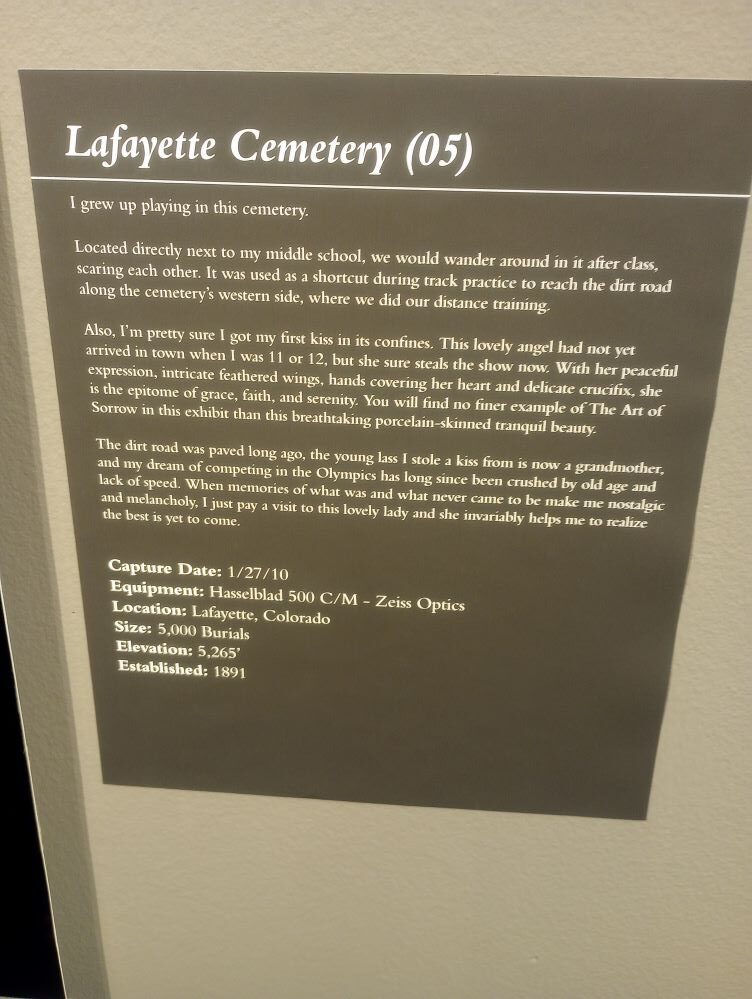
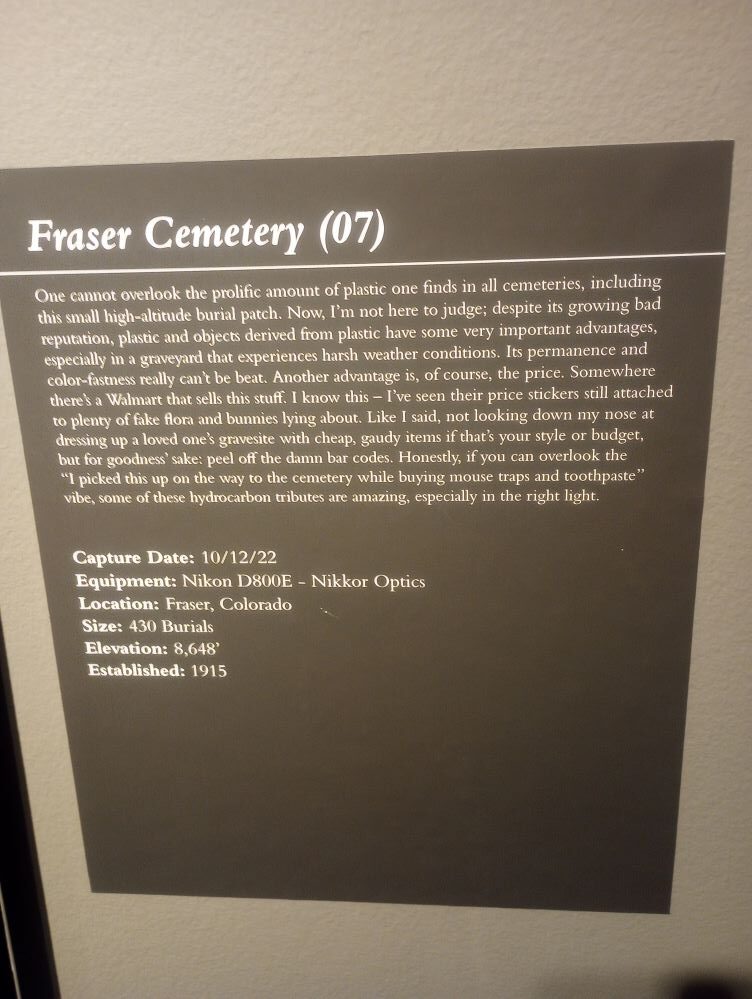
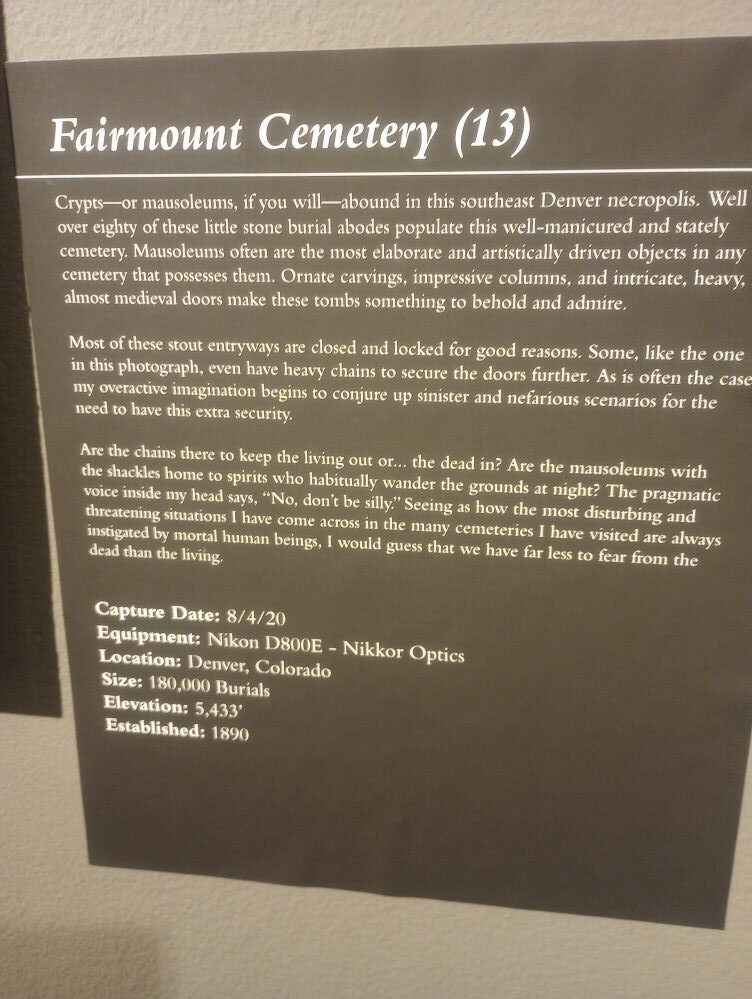
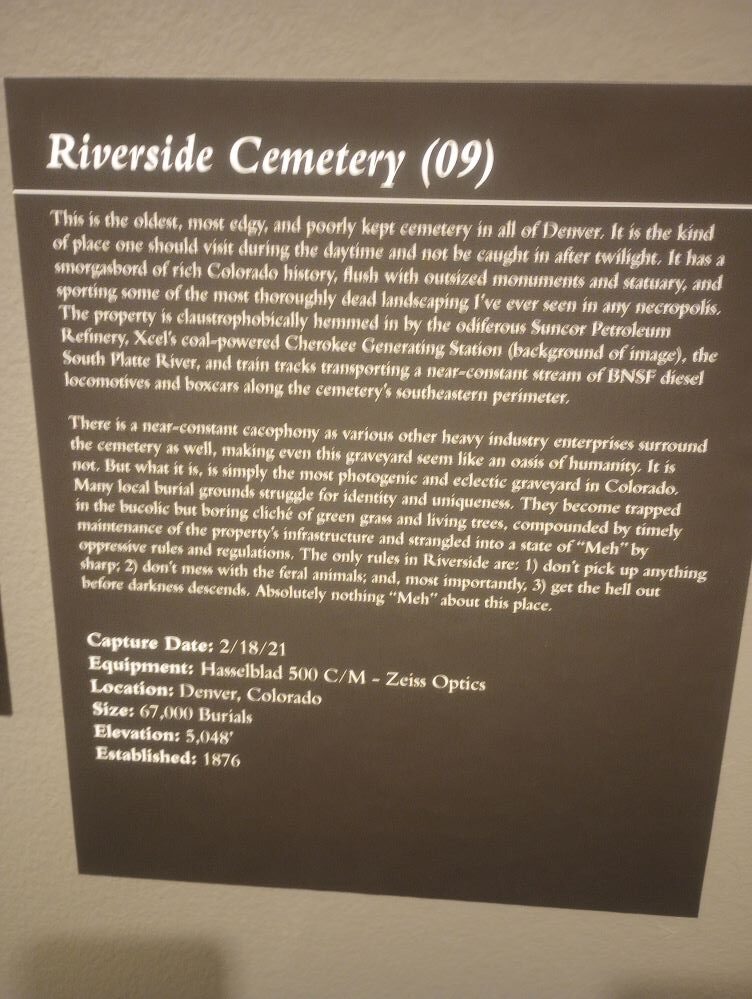
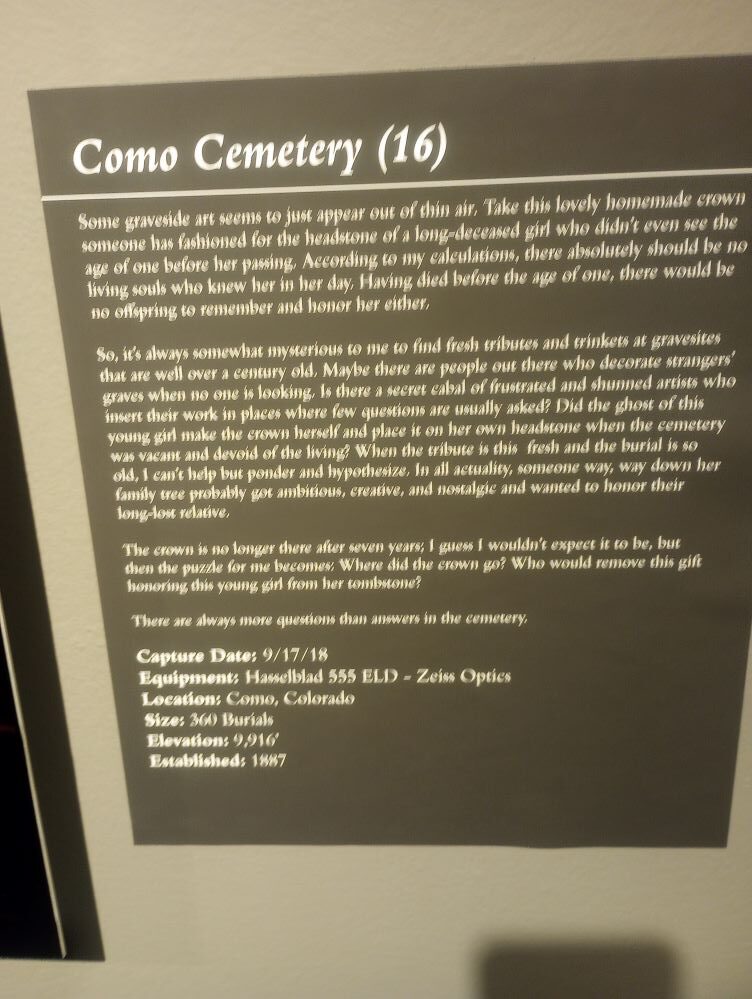

There is another way. The Gewandhaus Leipzig in Germany (concert venue) offers flex- tickets for a small premium. Not an…